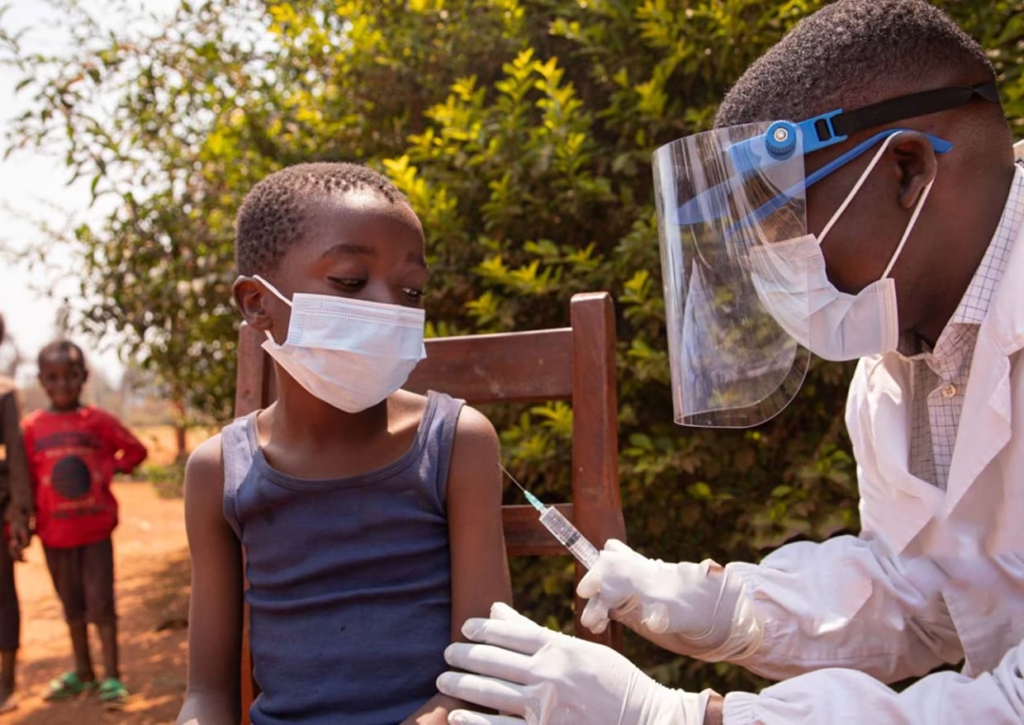An unknown deadly mystery illness has claimed the lives of at least 53 people in the northwest region of the Democratic Republic of Congo, with many victims dying within 48 hours of symptom onset. Health officials and the World Health Organization (WHO) warn that the outbreak poses a serious public health threat as cases continue to rise at an alarming rate.
Rapid Spread and Alarming Symptoms
Since January, over 430 cases have been reported across multiple villages, with patients experiencing fever, vomiting, diarrhea, muscle pain, headaches, and fatigue. Some victims—especially children—have displayed hemorrhagic fever symptoms, such as nosebleeds and vomiting blood, before their deaths.
Investigators traced the outbreak’s origin to Boloko Village, where three children under five years old reportedly died after eating a bat carcass. Following their deaths, four more children between the ages of 5 and 18 in the same village succumbed to the illness. The disease has since spread to nearby Danda and Bomate Villages, with Bomate reporting 419 infections and 45 deaths in just a few weeks.
Cause Still Unknown
Health authorities have sent 18 samples to the National Institute for Biomedical Research in Kinshasa for testing, but results have ruled out Ebola, Marburg, and other common hemorrhagic fevers. WHO experts stress that further testing is critical to identify the pathogen responsible for this outbreak.
Michael Head, a senior research fellow in Global Health at the University of Southampton, emphasized that while unknown diseases appear occasionally, the scale and speed of this outbreak are particularly concerning. “It is worrying that we have hundreds of cases and over 50 deaths with hemorrhagic-fever-like symptoms widely reported among those affected,” he said.

Challenges in Containment
he outbreak is difficult to contain due to Congo’s weak healthcare infrastructure and the remote location of affected villages. WHO officials warn that without immediate intervention, the disease could spread even further. The organization has called for high-level emergency measures to manage the crisis.
This marks Congo’s second outbreak of an unknown disease in less than a month. In December, another mysterious illness killed dozens in the southwest of the country, later identified as a **combination of respiratory infections and malaria, worsened by acute malnutrition.
Animal-to-Human Disease Transmission on the Rise
Health experts have long expressed concerns about zoonotic diseases, where infections jump from animals to humans. The WHO reported a 60% increase in such outbreaks in Africa over the past decade. The initial link between this outbreak and the consumption of a bat carcass raises concerns about future animal-borne diseases and the need for improved monitoring of such transmissions.
As investigations continue, global health authorities remain on high alert, urging swift action to prevent further casualties. With the mystery illness still unidentified, health officials fear the outbreak could intensify, putting more lives at risk in the coming weeks.
Conclusion
The Democratic Republic of Congo faces yet another deadly health crisis, with an unknown illness spreading rapidly and killing at an alarming rate. The lack of a confirmed cause, combined with poor healthcare infrastructure, presents major challenges in controlling the outbreak. Until the causative pathogen is identified, authorities must act swiftly to **contain the disease and prevent further loss of life.
The world watches as Congo battles this deadly mystery illness, hoping for a breakthrough in identifying its cause and preventing future outbreaks.
Recommended Product for Sleep Well-Being
Enhance your sleep with this [Product], designed to promote relaxation and comfort. Take the first step towards better sleep tonight.


